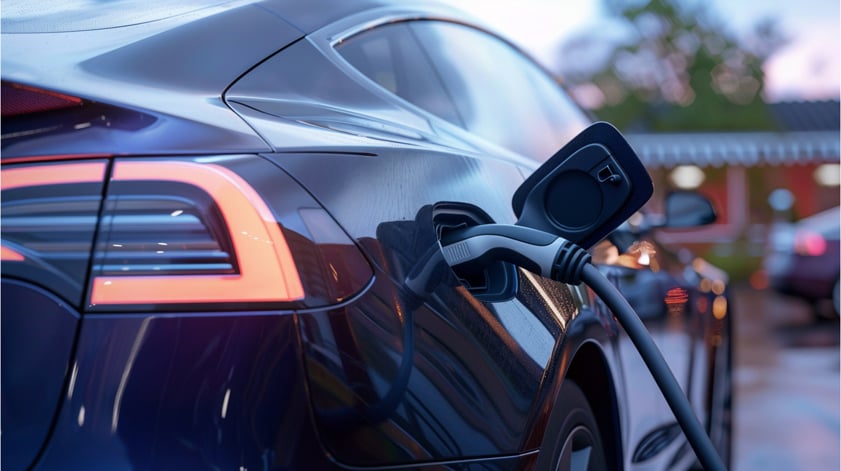
With significant changes to Vehicle Excise Duty (VED) on the horizon, UK drivers need to be prepared for the impact on their wallets. From April 2025, the government will implement new road tax rules that affect electric vehicles (EVs), hybrids, and traditional petrol or diesel cars.
Here’s everything you need to know about these changes and what they mean for you from GOV.UK: Vehicle tax for electric, zero or low emission vehicles
The UK government is introducing these changes to ensure fairness and generate revenue from road users. Electric vehicles, which are currently exempt from VED, have surged in popularity. While this has supported environmental goals, it has also reduced government income from vehicle taxation. By extending VED to EVs, the government aims to balance the books and prepare for a future where EVs dominate the roads.
From April 2025, owners of electric vehicles will no longer enjoy zero VED rates. Instead, EVs will be subject to the following tax structure:
- First-Year VED Rate: New EVs registered from 1 April 2025 will pay a first-year rate of £10.
- Standard VED Rate: From the second tax payment onwards, all EVs will pay the standard rate, which will be £195 per year.
- Expensive Car Supplement: EVs with a list price exceeding £40,000 will incur an additional £355 annual charge for five years, bringing the total yearly VED to £520 during this period.
- EVs registered between 1 April 2017 and 31 March 2025 will pay the standard rate of £195 from 1 April 2025.
- EVs registered between 1 March 2001 and 31 March 2017 will move to the first band that has a VED value, which will be £20 annually.
Hybrid cars, which already pay VED, will also see changes:
- First-Year VED Rate: Based on CO2 emissions, these rates will align with existing rates but may increase slightly.
- Standard VED Rate: Like petrol and diesel cars, hybrids will pay the standard annual rate of £195.
- Expensive Car Supplement: Hybrids with a list price over £40,000 will also incur the £355 annual surcharge.
For petrol and diesel cars, the changes are more severe. The first-year VED rate, also known as the "showroom tax," will double for vehicles with higher CO2 emissions. This could mean:
- Low-Emission Cars: Small increases for vehicles with lower emissions.
- High-Emission Cars: Substantial costs for cars emitting over 150g/km of CO2.
From the second year onwards, the standard rate remains unchanged at £195 per year, plus the expensive car supplement for vehicles over £40,000.
Despite the introduction of VED, EVs remain an attractive option for many drivers due to their lower running costs and government incentives. Consider the following:
- Fuel Savings: Electricity is still cheaper than petrol or diesel for most drivers.
- Incentives: Salary sacrifice schemes and company car tax benefits for EVs remain in place, providing significant savings.
- Environmental Benefits: Zero tailpipe emissions make EVs the greener choice, aligning with the UK’s goal to reduce carbon emissions.
The upcoming changes to vehicle tax highlight the importance of considering long-term costs when choosing your next car. If you’re thinking about switching to an electric or hybrid vehicle, now is the time to explore your options.
Check out our leasing deals on electric and hybrid vehicles to find the perfect car for your needs. To find out more, check out our comprehensive car leasing guides or call one of our experts on 0345 811 9595.
Originally posted: 14th January 2025

